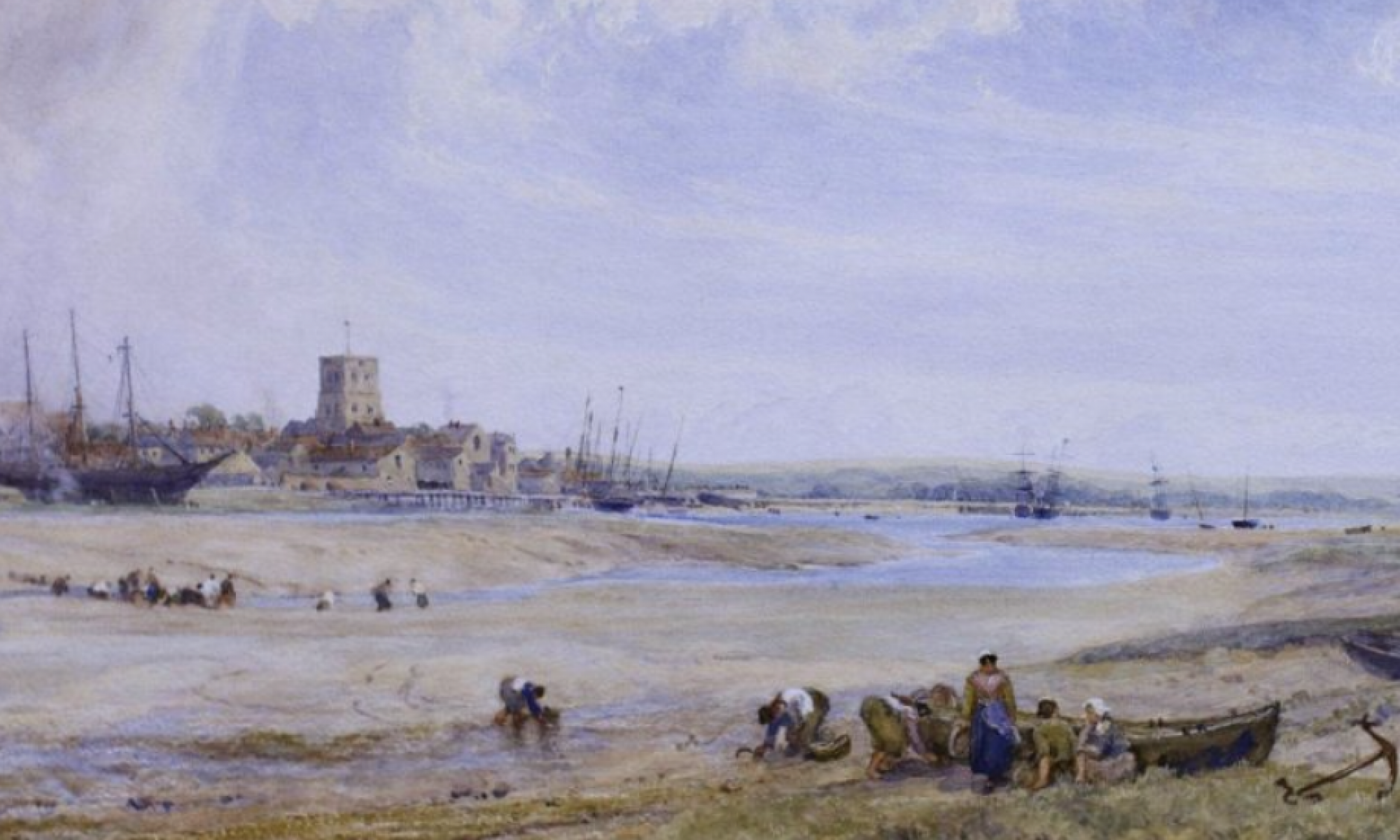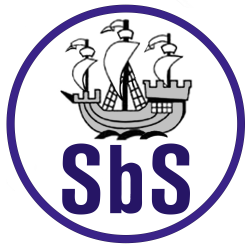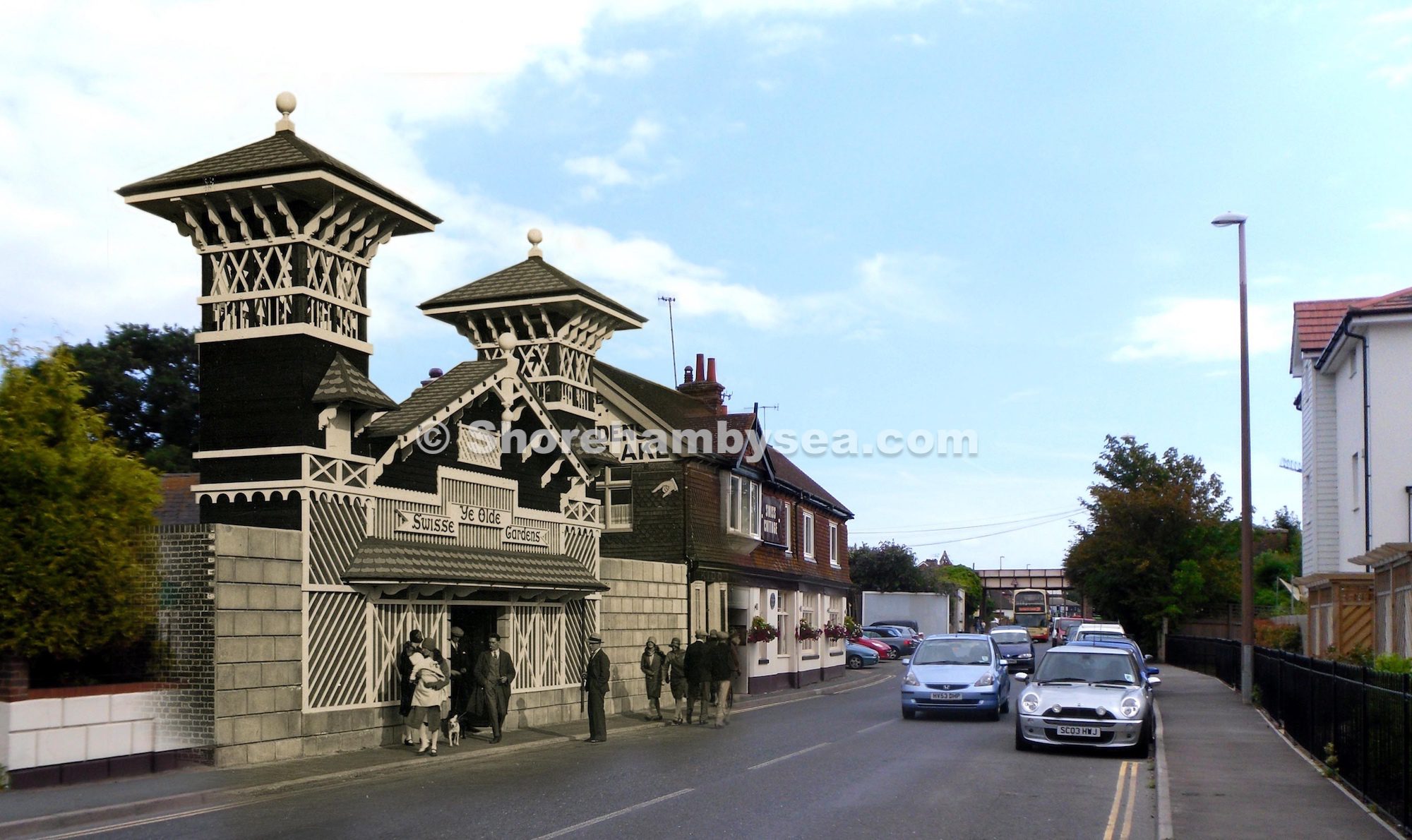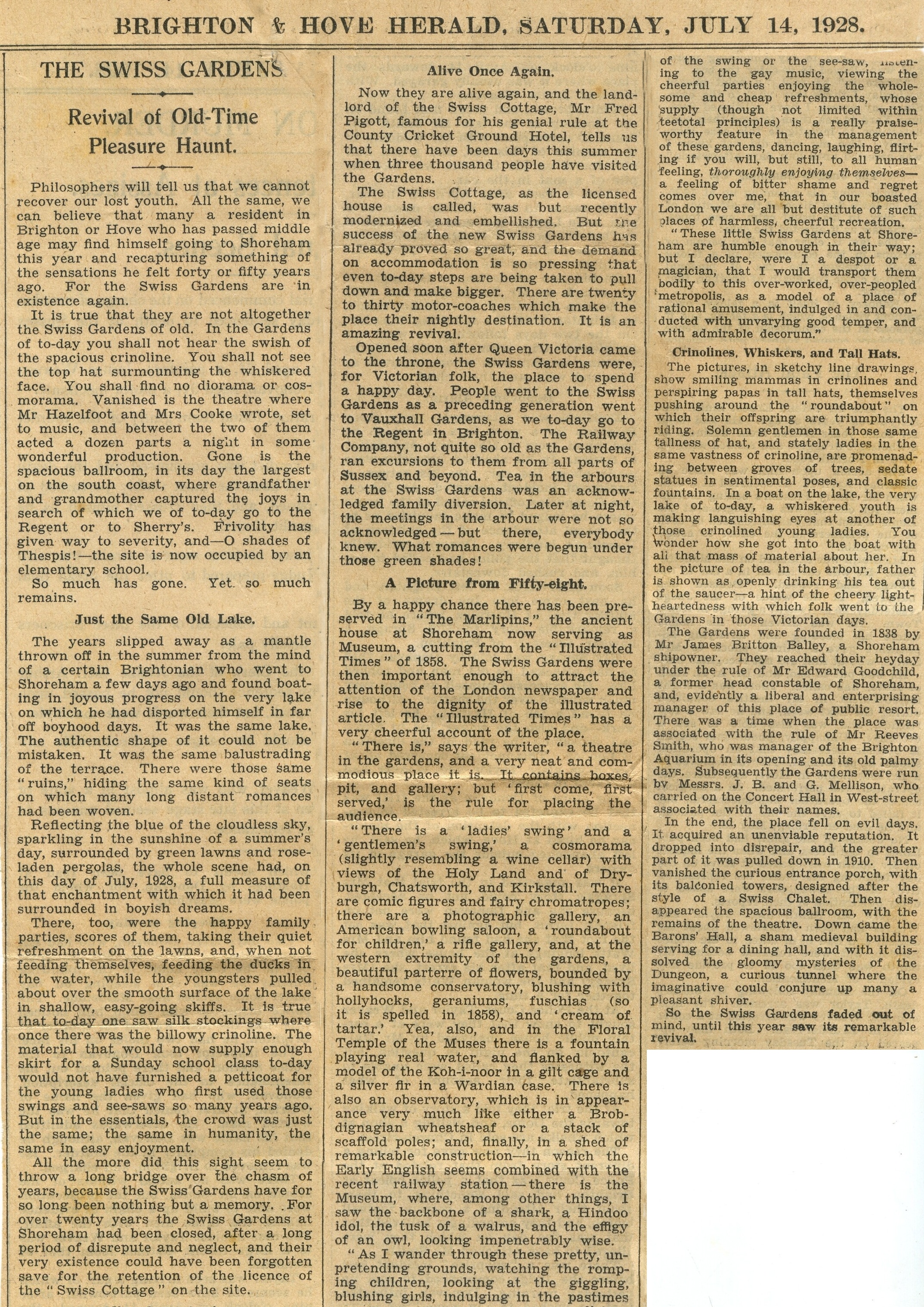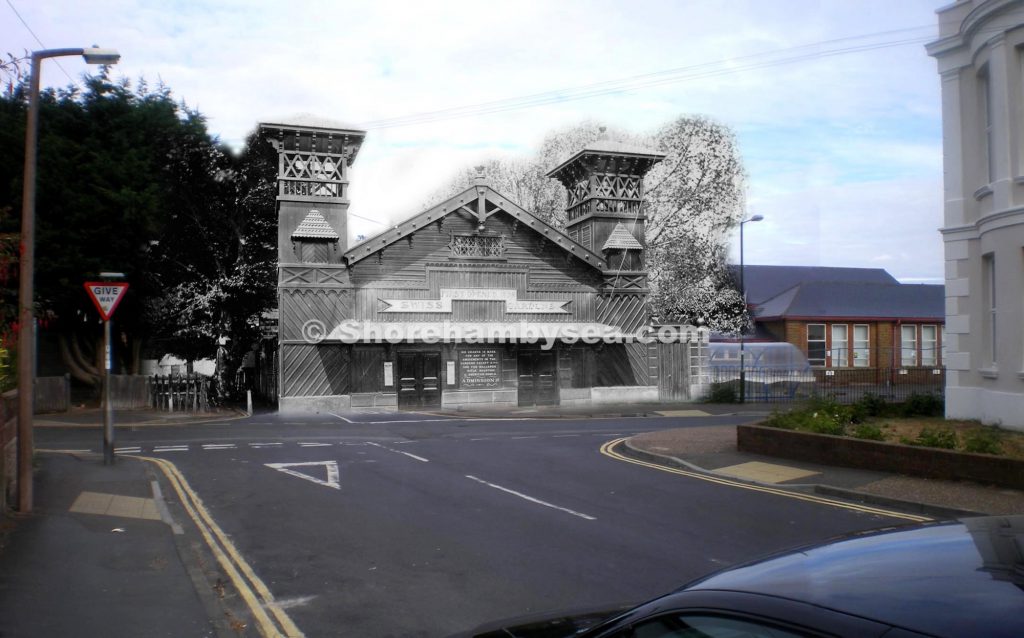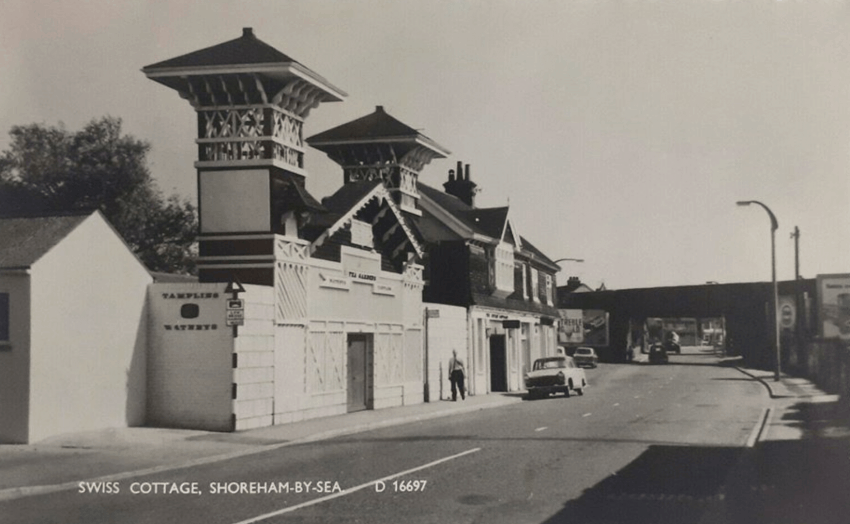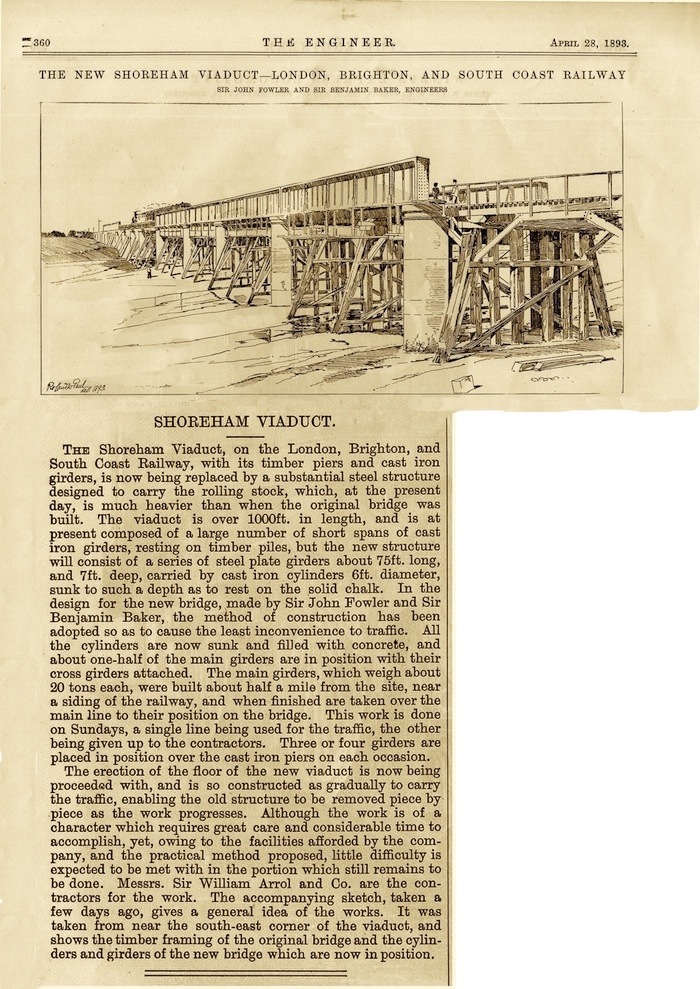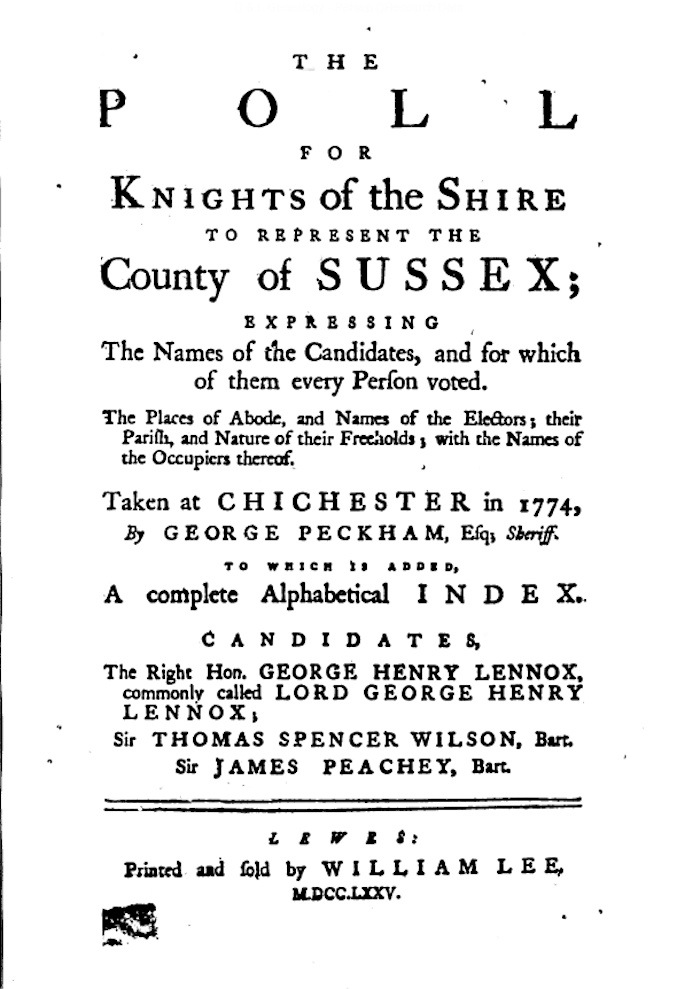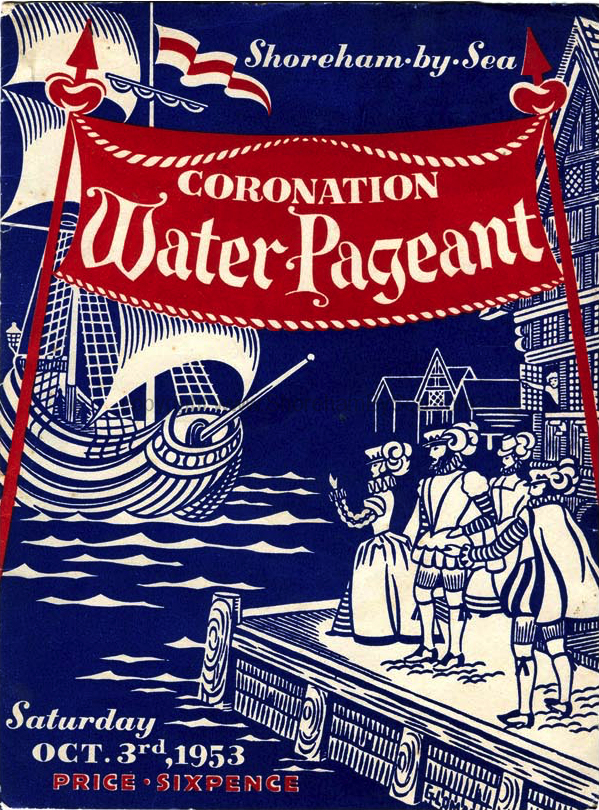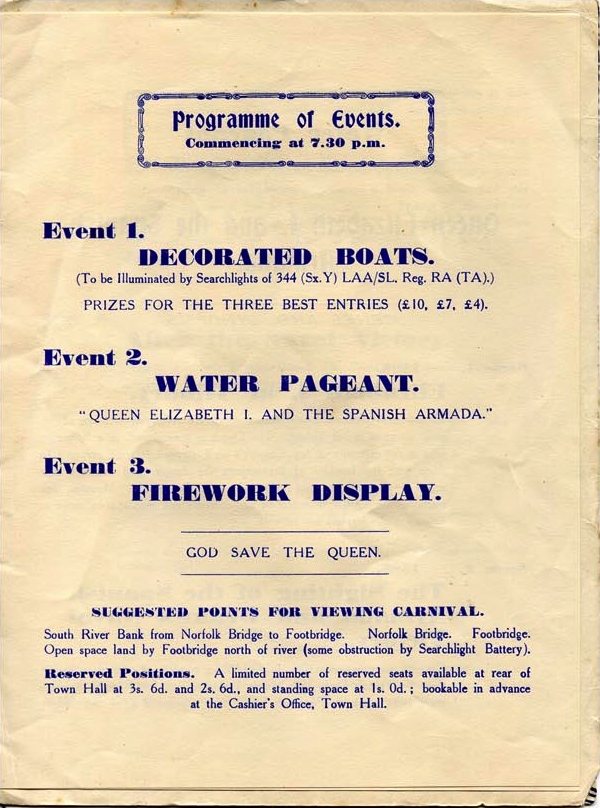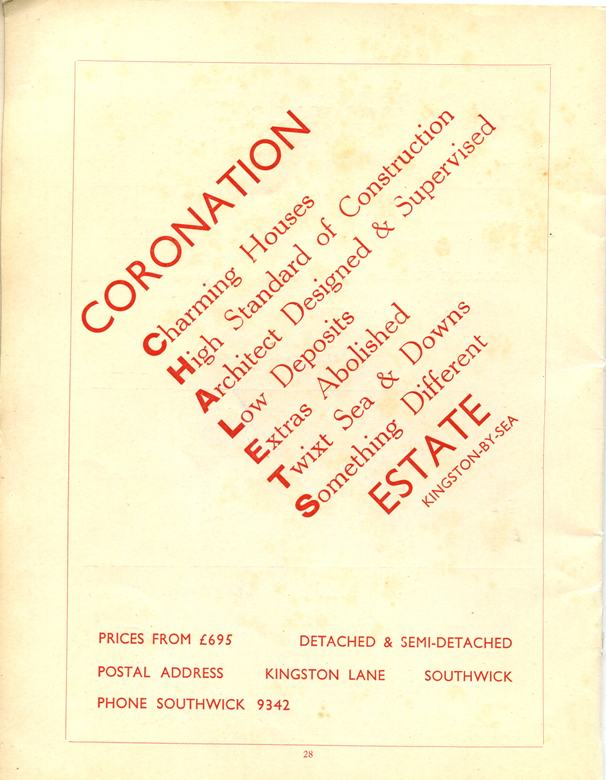Ghosts:
Shoreham’s Mystery Towers
Mystery Towers
Swiss Gardens in the 1850’s
Swiss Gardens:
Shoreham’s WW1 Military Camp
Military Camp:
A Walk Along the High Street 100 Years Ago
Swiss Gardens 1928 Reopening
Railway Bridge 1893
Poll Book 1774
Transcript of Owners and Occupiers Living in or Owning Freehold Property in Shoreham (and Kingston), Southwick, Lancing and Sompting as shown within Bramber Rape.
Compiled from The Poll for Knights of the Shire 1774
New & Old Shoreham, Kingston
| Freeholder & His Abode | Freehold Location & Type | Occupier |
| John Pelham, Shoreham | Shoreham, house | John Boyce |
| Nicholas Roberts, Shoreham | Shoreham, barn | himself |
| Sidirick Elgar, Shoreham | Shoreham, barn | Wm. Burnett |
| Thomas Poole, Shoreham | Shoreham, house and land | himself |
| Henry Roberts, Shoreham | Shoreham, house and land | Widow Roberts |
| Thomas Tasker, Lewes | Shoreham, land | Widow Pe’….? |
| John Shelley, Brighthelmstone | New Shoreham, house | James Beach |
| John Egden, Shoreham | New Shoreham | himself and Richard Bawkhurst |
| Step. Rickwood, Brighthelmstone | New Shoreham, house and land | Mrs. Chapman |
| Robert Johnson, Shoreham | Steyning, land | – Waller |
| James Stow, Shoreham | Shoreham, house | Roberts & Bennet |
| John Barton, Shoreham | Shoreham, house | J. Hogsflesh & J. Partington |
| Thomas Pelham, Shoreham | Shoreham, house | Benj. Afl..man(?) & J. Bartlett |
| James Legg, Shoreham | Shoreham, house | John Balcomb |
| John Snook, Shoreham | Shoreham, house | Richard Beard |
| John Buckall. Shoreham | Shoreham, house | W. Stevens & Wm.Osgood |
| William Coater, Shoreham | Shoreham, house | himself and W. Waterman |
| David Foster, Shoreham | Shoreham, house | himself |
| John Edwards, Shoreham | Shoreham, house | Nich. Durrant |
| Thomas Bennet, Shoreham | Shoreham, house | James Mickhouse |
| John Holden, Shoreham | Shoreham, house | himself |
| George Oliver, Kingston | Durrington, house | Abraham Burn |
| Colv. Bridger,Esq., Old Shoreham | Old Shoreham, an estate | himself |
| John Norton, Kingston by Sea | Kingston by Sea, house and land | himself |
| Wm. Haslegrave, New Shoreham | New Shoreham, house | Tho. Haslegrave |
| Wm. Foster, Shoreham | Shoreham, house and land | himself |
| Harry Innott, Shoreham | Shoreham, land | himself |
| Joseph Bartlett, Shoreham | Shoreham, house and land | Morley Lint |
| Wm. Marchant, New Shoreham | New Shoreham,
vicarage |
Not stated |
| John Boyce, New Shoreham | Shoreham, house | himself |
| Richard Knight. Glynd (sic) | Shoreham, house and vicarage (?) | John Robertson |
| Richard Bucholl, Shoreham | Horsham, house | Not stated |
| James Browne, Rotherhith (sic), London | New Shoreham, house | John Curr |
| J.R. Hawkins, london | New Shoreham, vicarage | Breville Friend |
| Loftus Nun, Esq., Chichester | New Shoreham, land | Bravin Friend |
Southwick
| Freeholder & His Abode | Freehold Location & Type | Occupier |
| W. Waring, Cl, Shoreham | Southwick, rectory | not shown |
| Richard Tidy, Brighthemlmstone | Southwick, land | Nathaniel Hall |
| Nathaniel Hall, Southwick | Southwick, house and land | himself |
| Richard Cook, Southwick | Southwick, land | himself |
| William Jay, Southwicke(sic) | Southwick, land | himself |
| John Smith, Southwick | Southwick, house, mill and barn | himself |
| Stephen Rice, Southwick | Southwick, house and land | himself |
| Richard Grestock, Southwick | Southwick, house and land | himself |
| Stephen Rice, Southwick | Southwick, house and land | himself |
| Richard Grestock, Southwick | Southwick, house and land | himself |
| John Rice, Southweek (sic) | Southweek,, moi.(ety?) of house and mill | James Morley |
| John Valance, Falmer | Southwick, land | Nathaniel Hall |
Lancing & Sompting
| Freeholder & His Abode | Freehold Location & Type | Occupier |
| C. Langford, Esq., Cuckfield | Lancing, land | John Foord |
| Edward Bishop, West Chiltington | Lancing, land | James Johnson |
| John Newman, Lancing | Sompting, house and land | Himself and Mr. Eastoe |
| Richard Jay, Lancing | Sompting, land | John Newman |
| Thomas Williamson, Stopham | Lancing, house and land | Edward Holland |
| Jam. Lloyd, Esq., Chichester | Lancing, farm and land | himself |
| Edward Staffard,(sic) Lancing | Lancing, house and land | J. Hollingdale & T. West |
| Edw. Sowton, Launcing (sic) | Launcing, land | himself |
| William Stubbs, Sompting | Sompting, house and land | himself |
| John Ford, Lancing | Broadwater, house and land | himself |
| Francis Winton, Sompting | Sompting, house and land | himself |
| William Burden, Worthing | Launcing, house and land | himself |
| William Stubbs, Sompting | Sompting, house and land | himself |
| John Brown, Steyning | Launcing, land | Himself and Tho. Griffin |
| William Swift, Launcing | Launcing, house and land | John Float |
| Charles Hersee, Burpham | Launcing, house and land | James Heather |
| John Mills, Launcing | Launcing, house | himself |
| Geo. Parker, Kingston Surrey | Sompting. House and land | John Tate |
